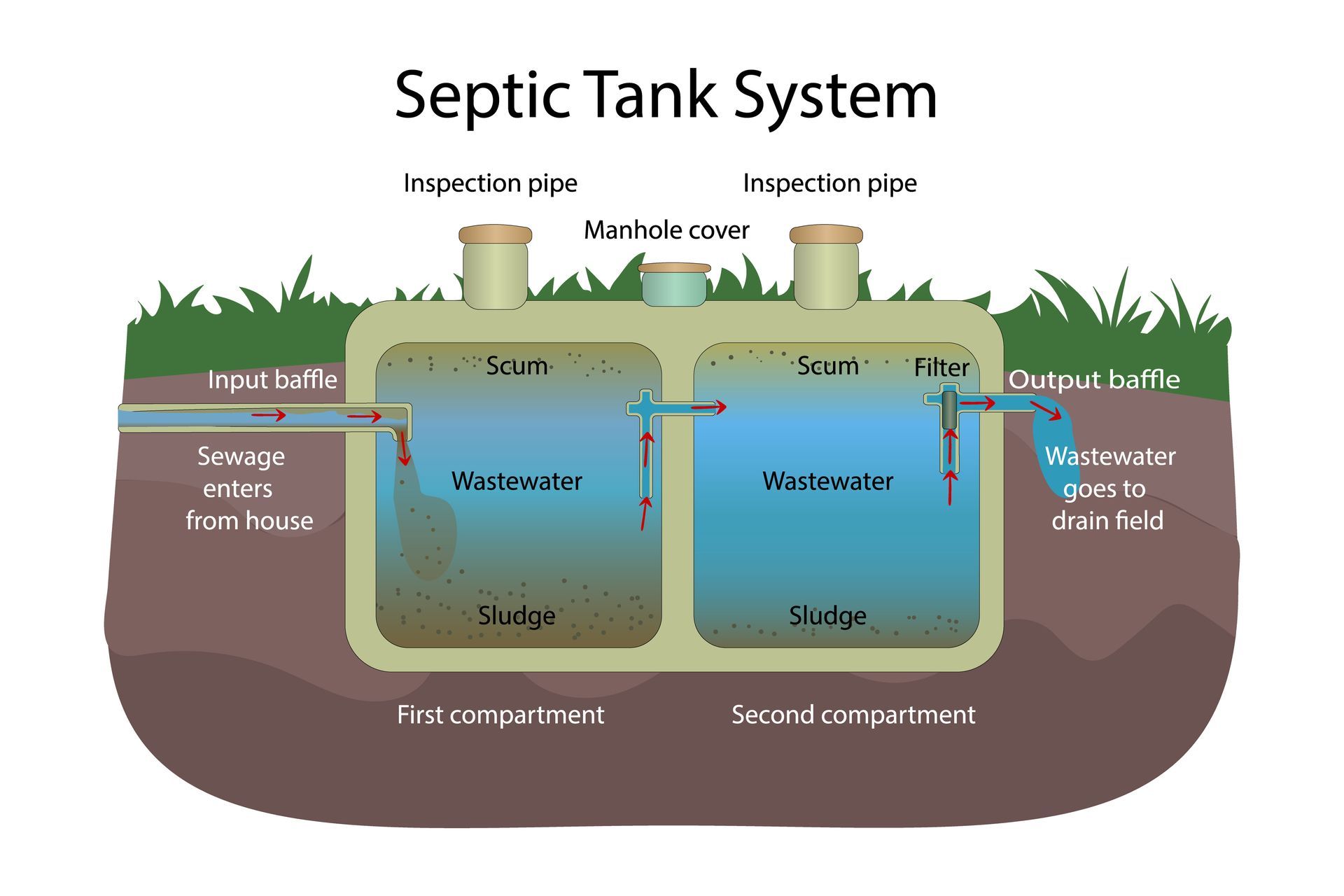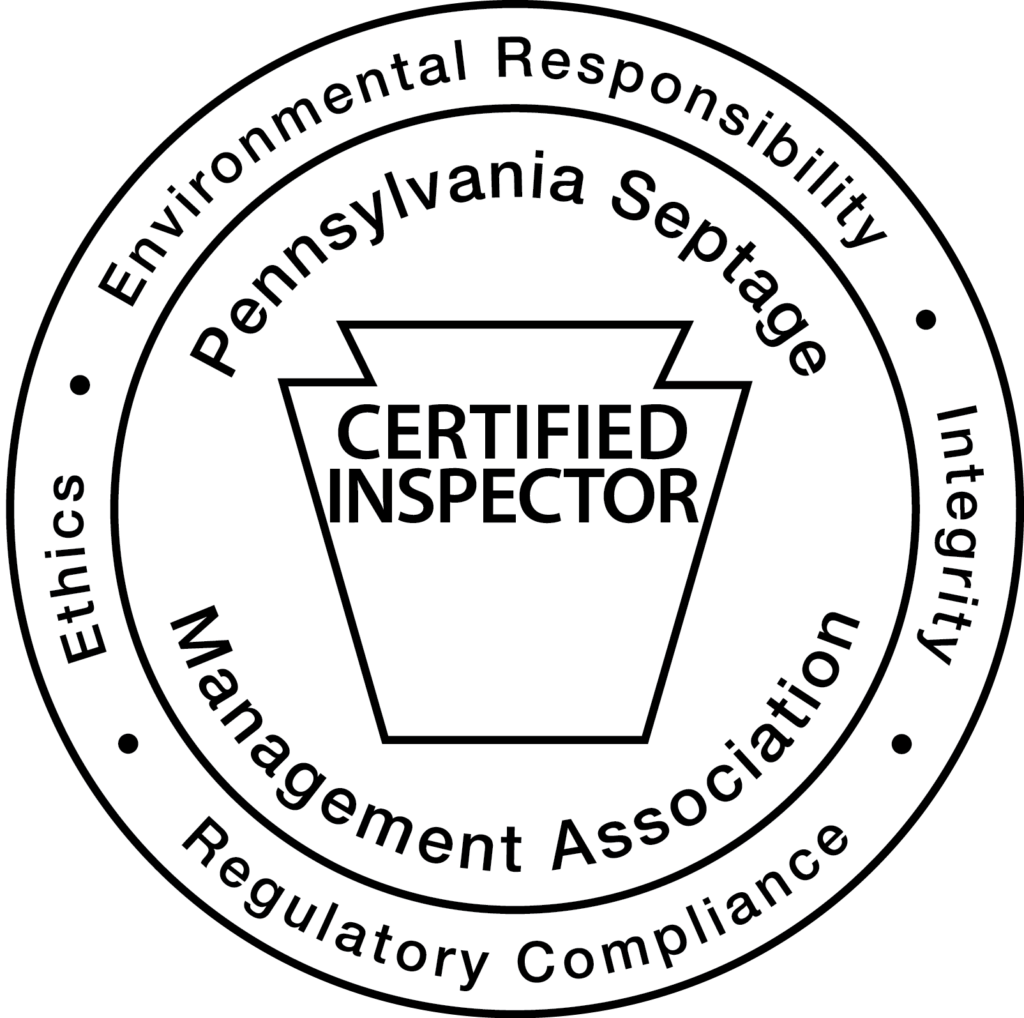Septic Tank Myths Busted
Here's what every homeowner must know

Living in rural Pennsylvania has its perks—beautiful landscapes, fresh air, and a tight-knit community. However, it also comes with its own set of responsibilities, especially when it comes to maintaining your home’s septic system. As a septic and holding tank service expert, I’ve seen my fair share of misunderstandings about septic tanks, and I’m here to set the record straight.
You might have heard some myths floating around, like “septic tanks never need maintenance” or “you can flush anything down the toilet.” Trust me, I’ve encountered homeowners who believed these myths, only to find themselves knee-deep in costly repairs. In this article, we’re going to debunk some of the most common septic tank myths and arm you with the knowledge you need to keep your system running smoothly.
Myth 1: Septic Tanks Never Need Maintenance
One of the biggest misconceptions I encounter is that septic tanks are “set it and forget it” systems. I remember a client, let’s call her Mary, who moved into her charming farmhouse and assumed her septic tank was in perfect condition because it looked fine from the outside. Unfortunately, after a few months, she noticed some unpleasant odors and backed-up drains.
Septic tanks require regular maintenance to function properly. It’s generally recommended to have your tank pumped every 3 to 5 years, depending on your household size and water usage. Neglecting this vital step can lead to costly repairs and even a complete system failure. So, don’t be like Mary—schedule that maintenance!
Myth 2: Additives Can Replace Pumping
You might have heard about septic tank additives that claim to break down waste and eliminate the need for pumping. While these products can help in some cases, they are not a substitute for regular pumping. I once had a homeowner who swore by a popular additive he found online. He thought he could skip pumping for years, but when I inspected his tank, it was full to the brim and in dire need of attention.
Additives can assist in maintaining a healthy septic environment, but they should never replace the essential practice of pumping. Stick to a regular pumping schedule, and consider additives as a supplemental measure rather than a primary solution.
Myth 3: Septic Systems Are Bad for the Environment
Many people believe that septic systems harm the environment, but that’s simply not true when they’re properly maintained. In fact, I’ve seen firsthand how well-functioning septic systems can be beneficial. For example, my neighbor, who has a beautifully maintained septic system, has lush green grass and vibrant flowers around her yard—thanks to the natural filtration process that occurs in a well-functioning septic system.
When septic systems are neglected, they can indeed pose environmental risks, such as groundwater contamination. However, with regular maintenance and proper care, your septic system can be a responsible way to manage wastewater.
Myth 4: It's Okay to Flush Anything Down the Toilet
This myth can lead to some serious trouble. I once received an emergency call from a frantic homeowner who had just flushed a whole roll of paper towels down the toilet during a party. The result? A clogged septic system and a very unhappy household.
To keep your septic system healthy, remember that only human waste and toilet paper should go down the toilet. Items like wipes, feminine hygiene products, and even certain types of toilet paper can wreak havoc on your septic system. Always dispose of these items in the trash to avoid costly repairs.
Myth 5: Septic Tanks Only Need Attention When There's a Problem
Many homeowners only think about their septic systems when they notice a problem, but this can be a costly mistake. I recall a family who called me because their drains were backing up, and it turned out that their tank hadn’t been pumped in over a decade! By the time I arrived, the damage was significant, and they faced a hefty repair bill.
Being proactive is key. Regular inspections can help you catch potential issues before they escalate. Look for signs like slow drains, unusual odors, or lush patches of grass over your drain field. If you notice any of these, it’s time to call in a professional.
Myth 6: All Septic Systems Are the Same
It’s easy to assume that all septic systems function the same way, but that couldn’t be further from the truth. I once worked with a family who installed a new system without fully understanding their property’s soil type and water usage. They ended up with a system that couldn’t handle their needs, leading to frequent backups and repairs.
Different types of septic systems are designed for various conditions, so it’s crucial to understand what works best for your property. Consult with a professional to ensure you have the right system in place.
Myth 7: Septic Systems Are Outdated and Inefficient
Last but not least, some folks believe that septic systems are outdated and inefficient. However, I’ve seen incredible advancements in septic technology over the years. For instance, many modern systems are designed to be more efficient and environmentally friendly than ever before.
When I installed a new system for a local family last year, they were amazed at how compact and efficient it was compared to older models. New technologies can significantly improve performance and longevity, so don’t dismiss septic systems as relics of the past.
Conclusion
Now that we’ve debunked some of the most common septic tank myths, I hope you feel more informed and empowered to take care of your system. Remember, regular maintenance, proper disposal practices, and understanding your specific system are key to keeping everything running smoothly.
If you have any questions or need assistance with your septic system, don’t hesitate to reach out to a
local septic service professional. After all, a little knowledge goes a long way in ensuring your home remains a safe and pleasant place to live!

